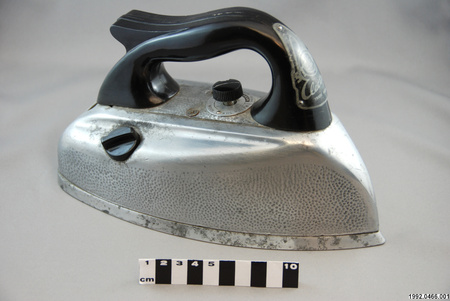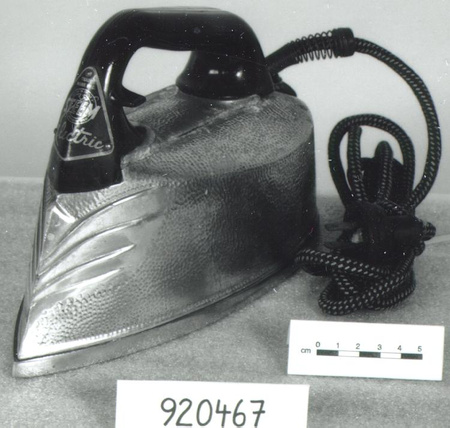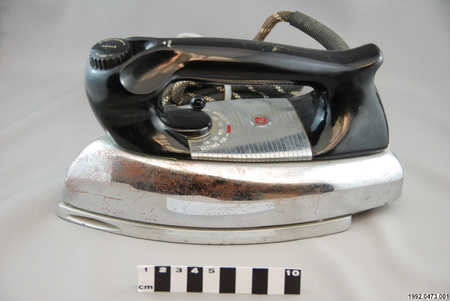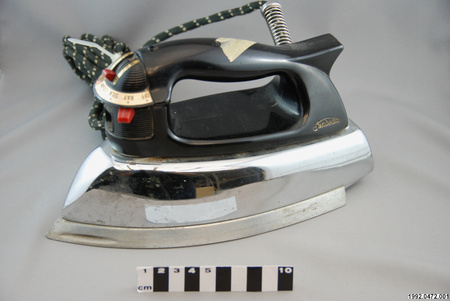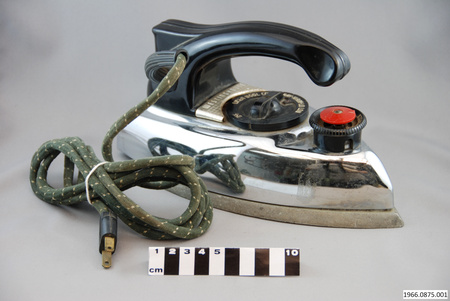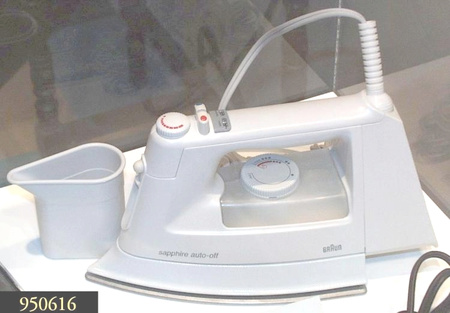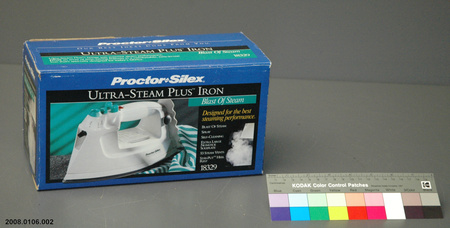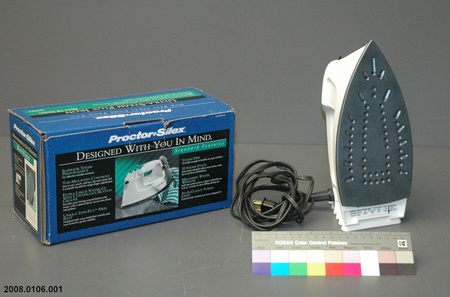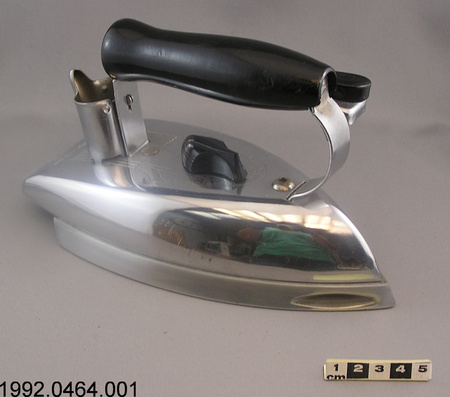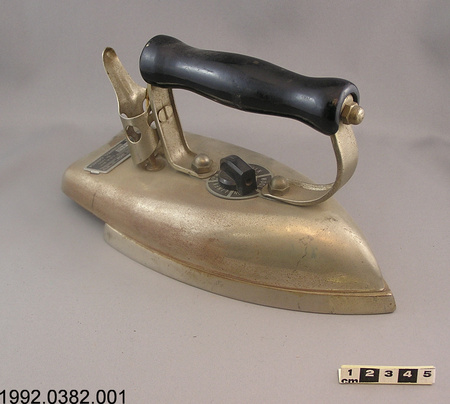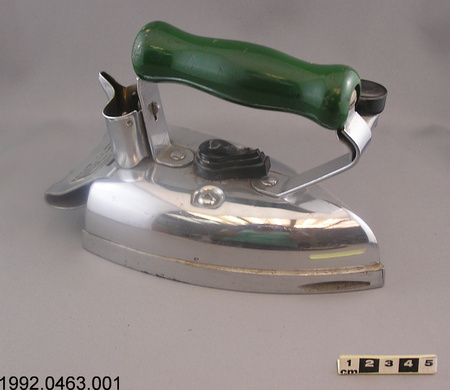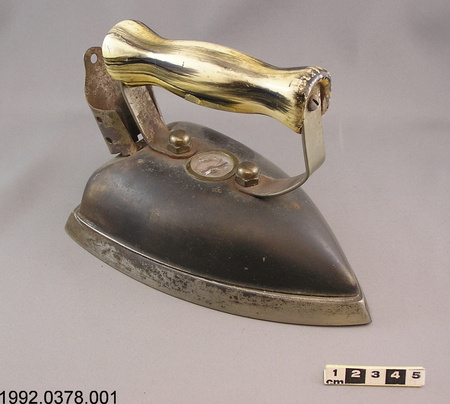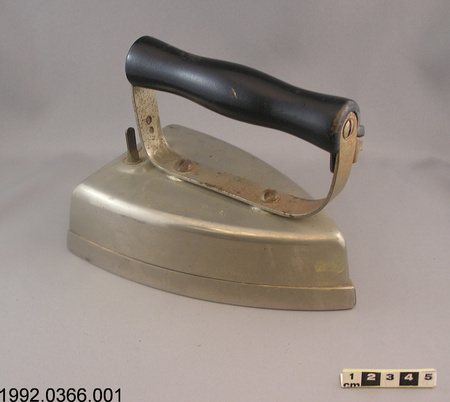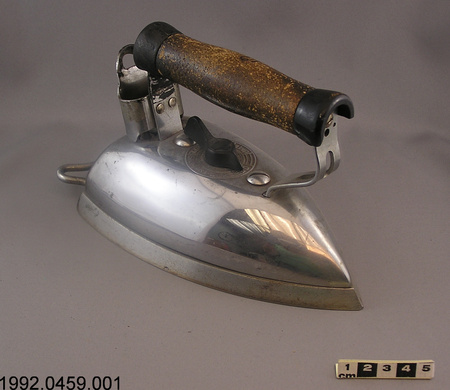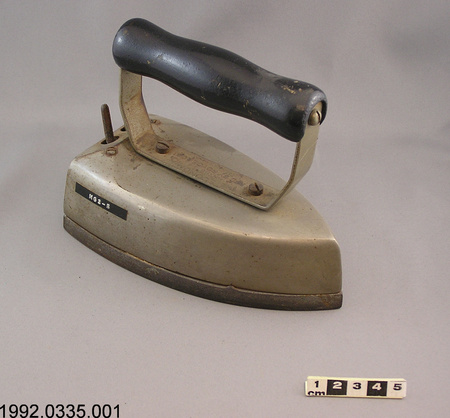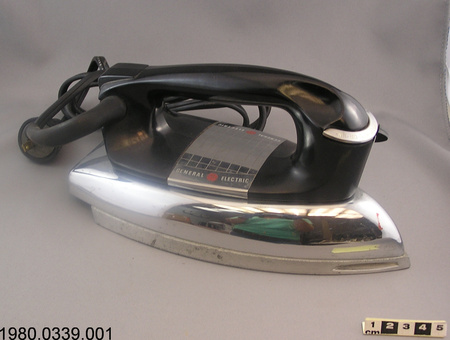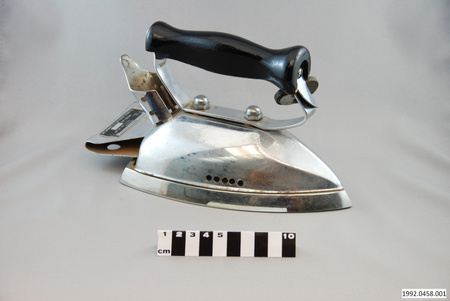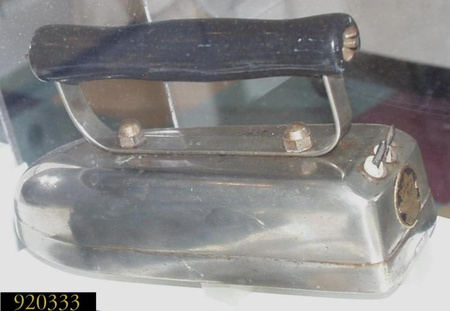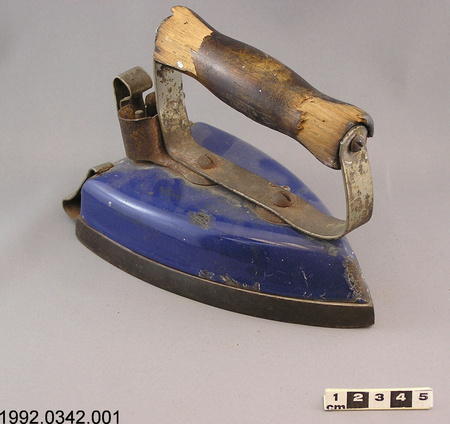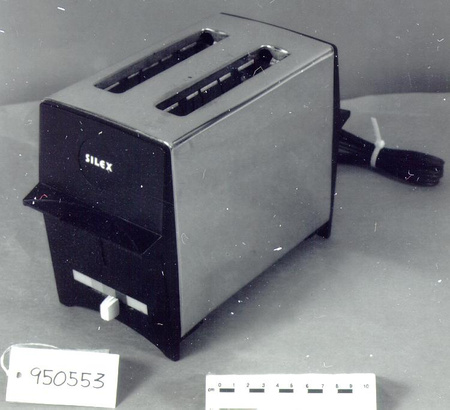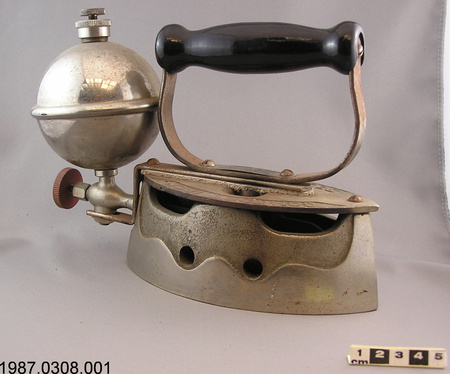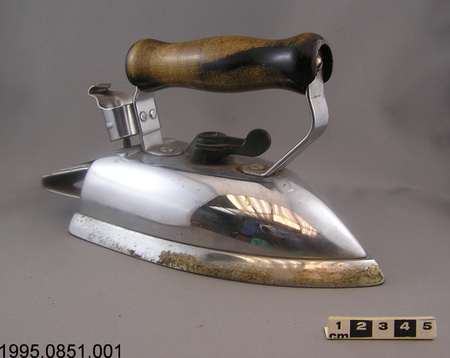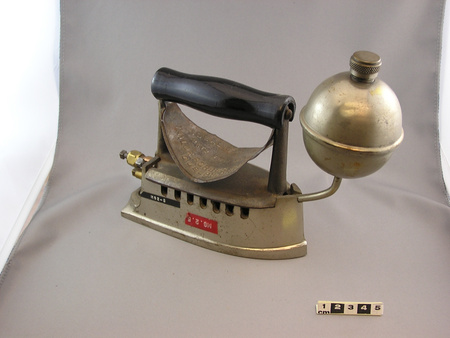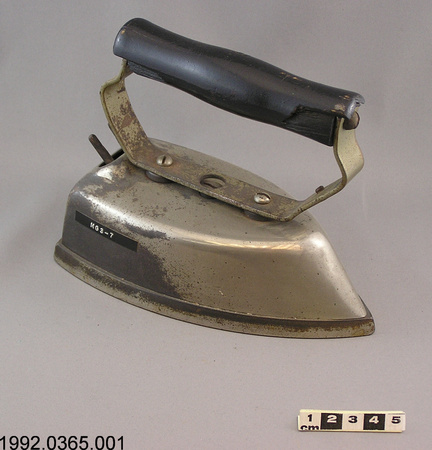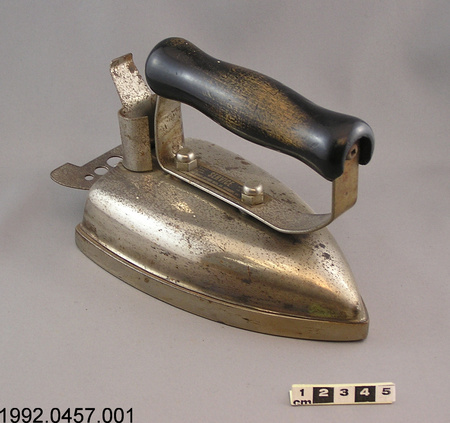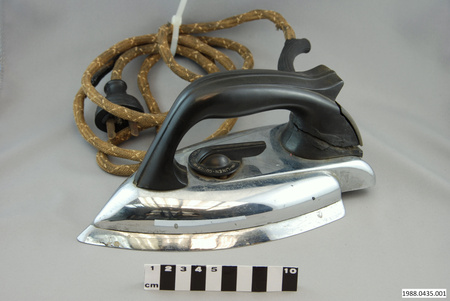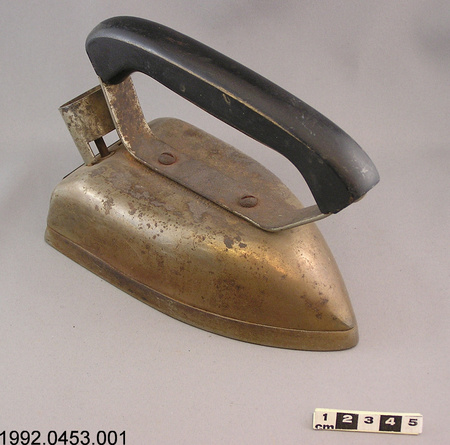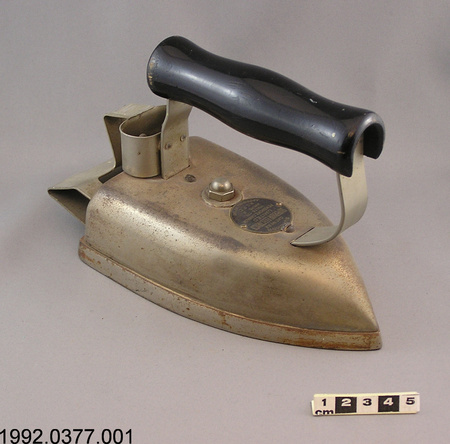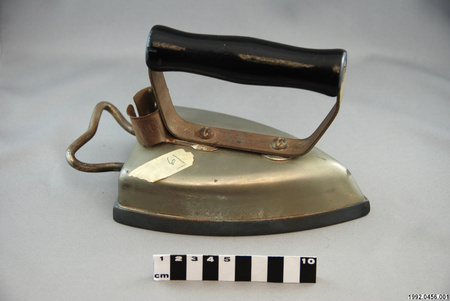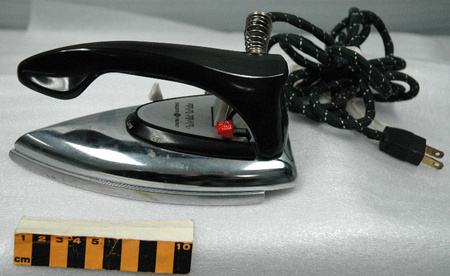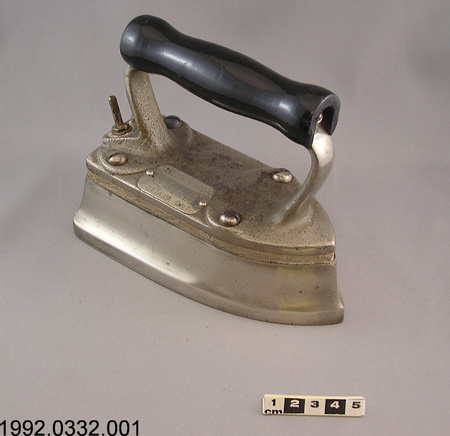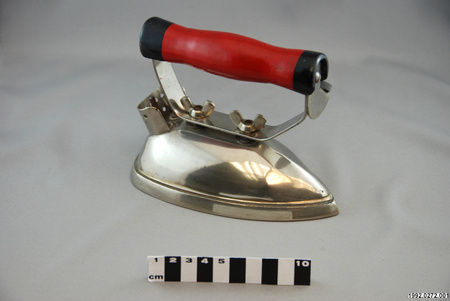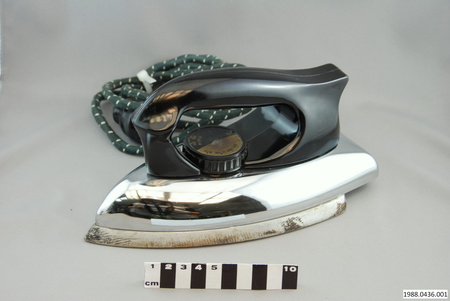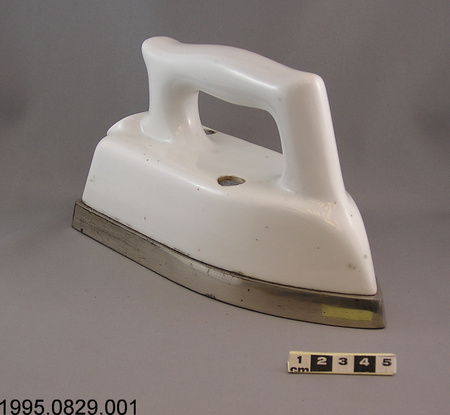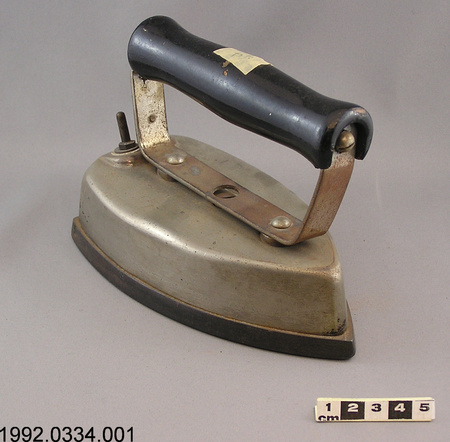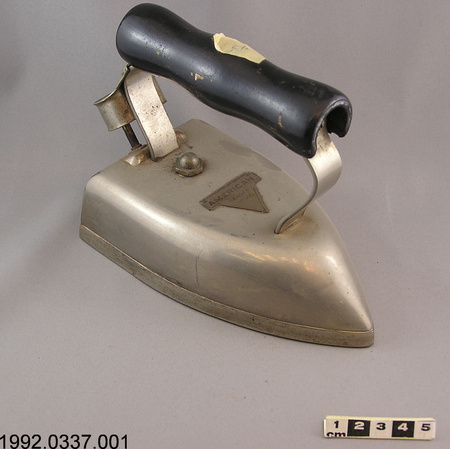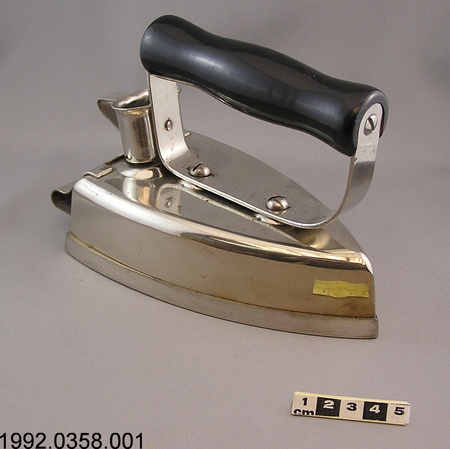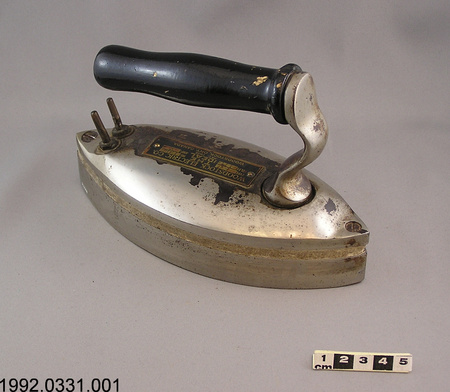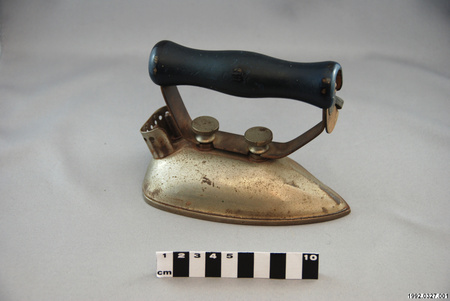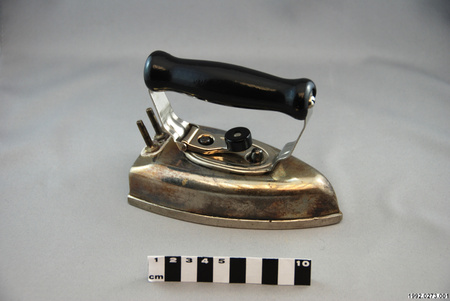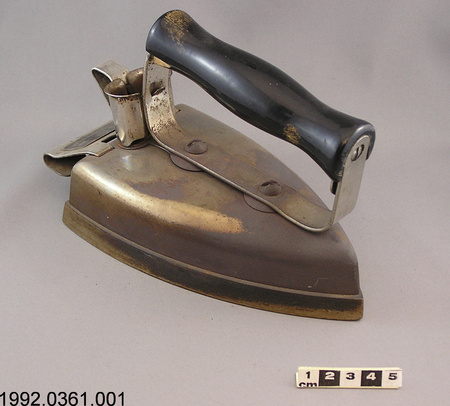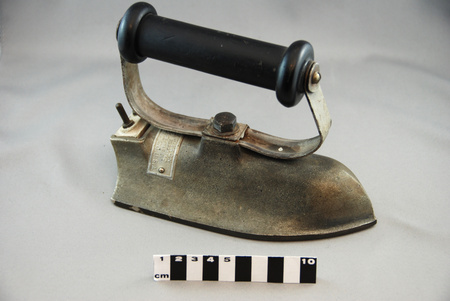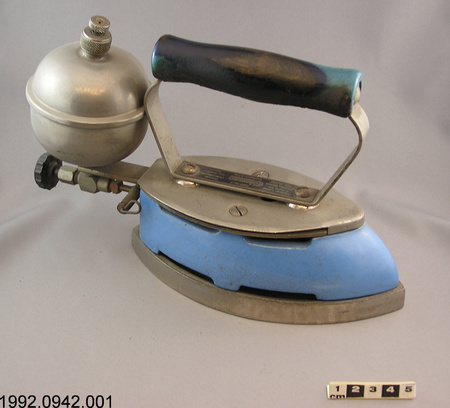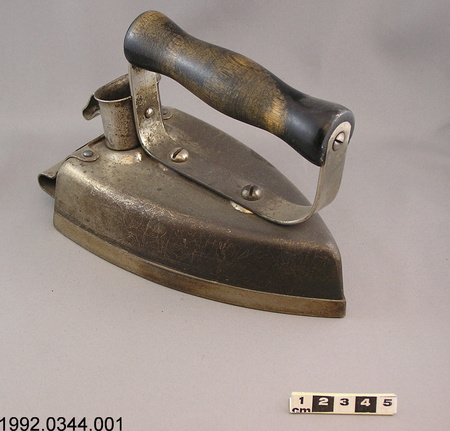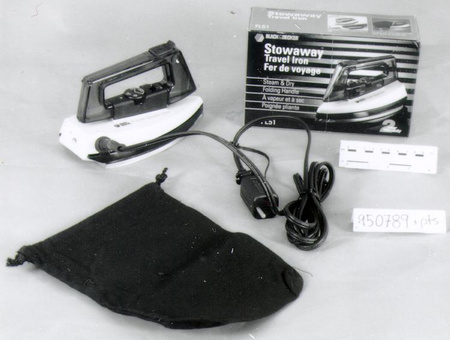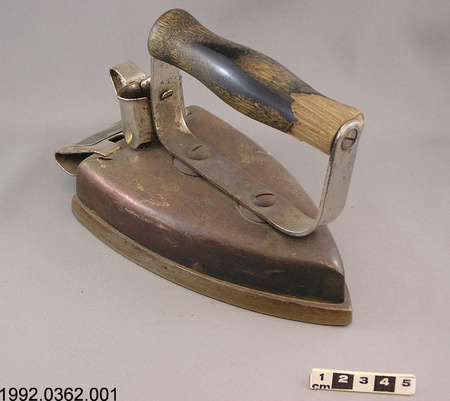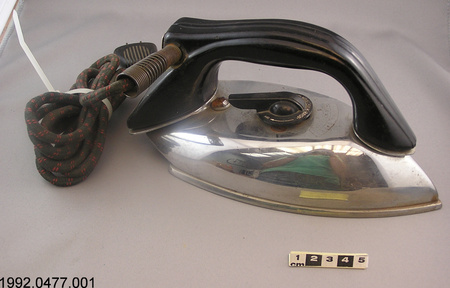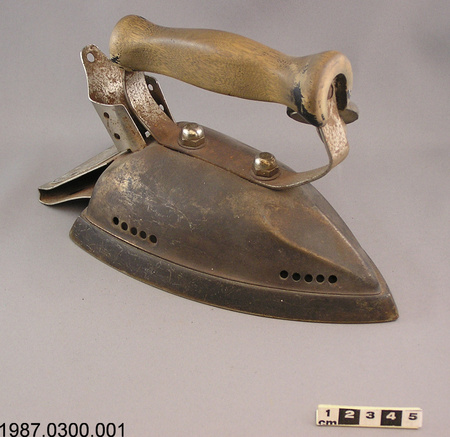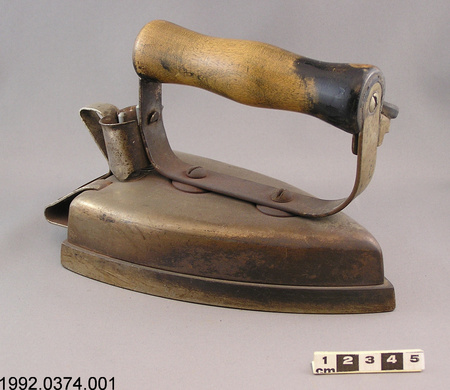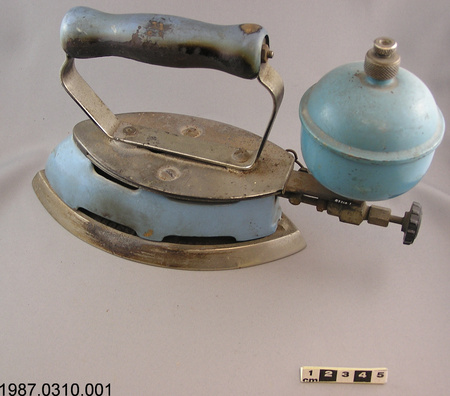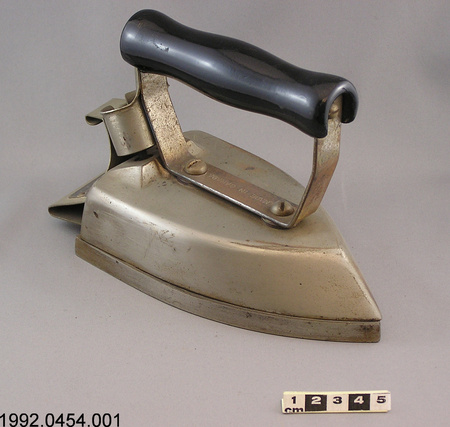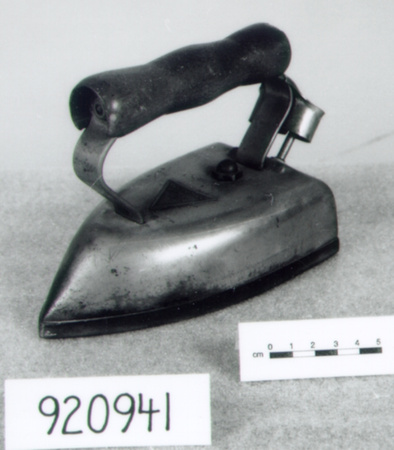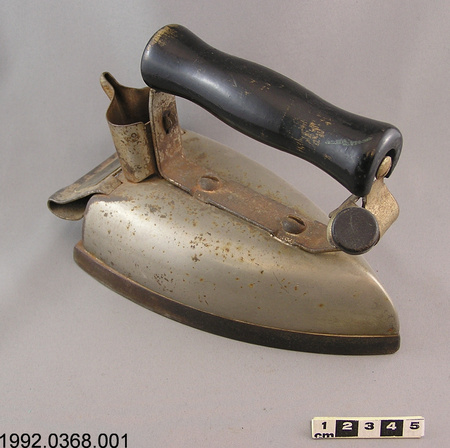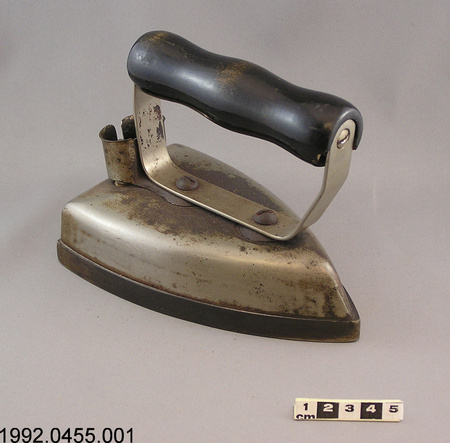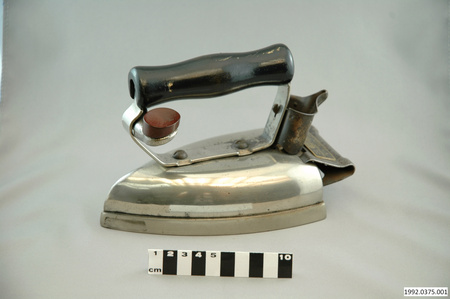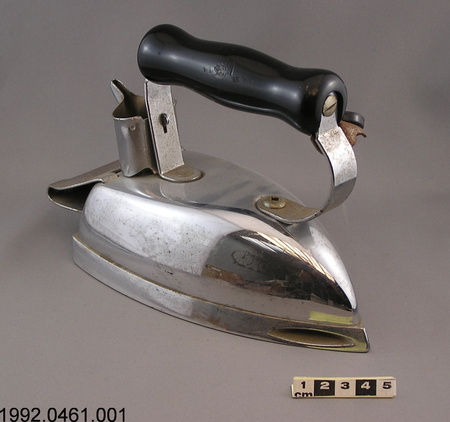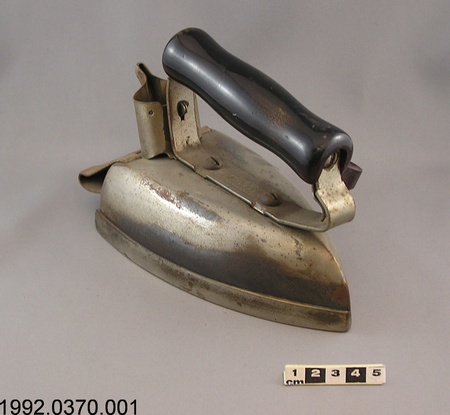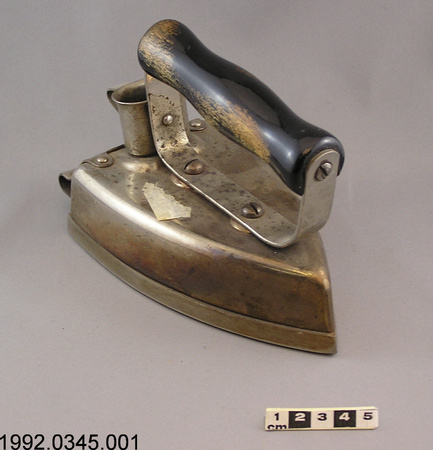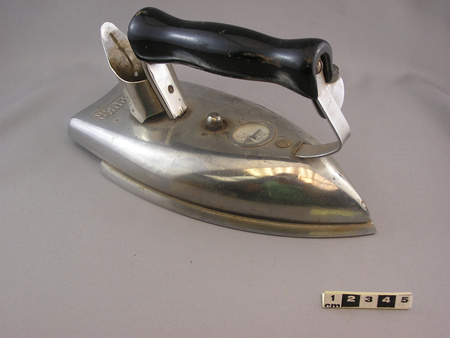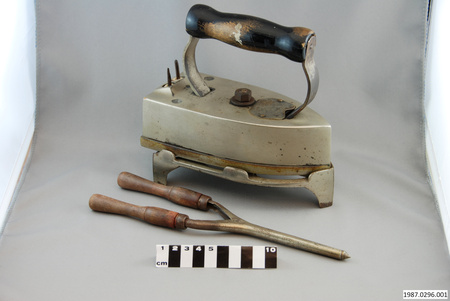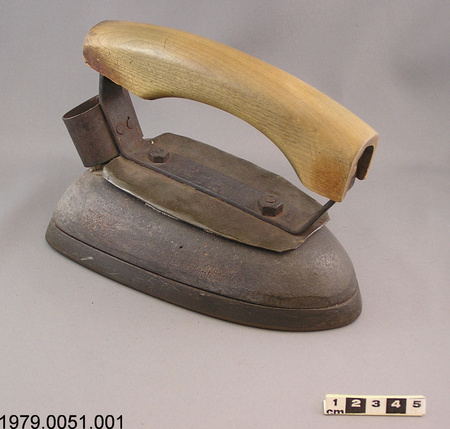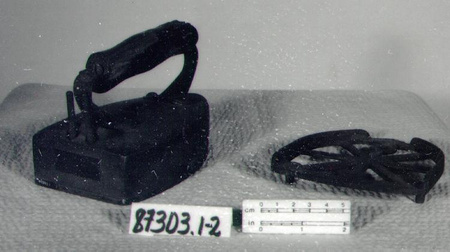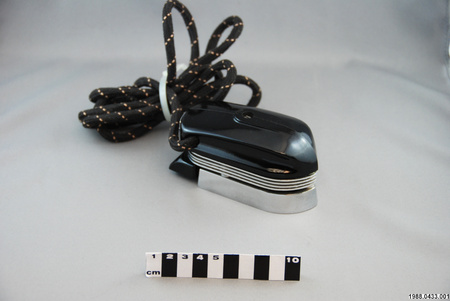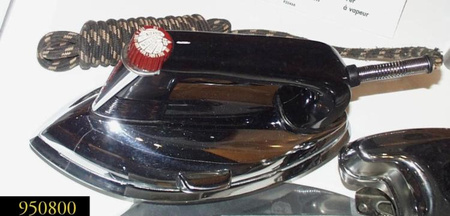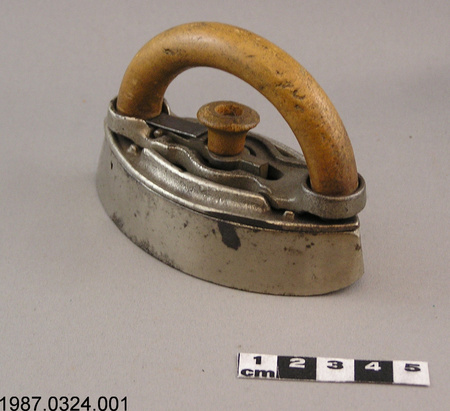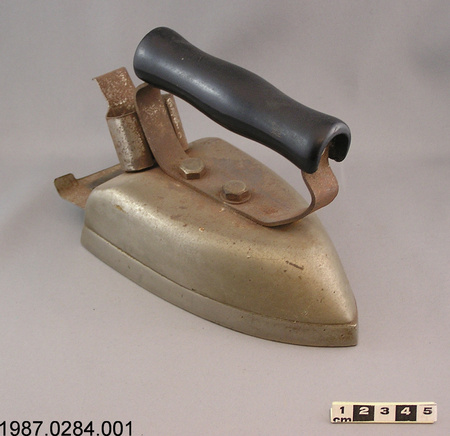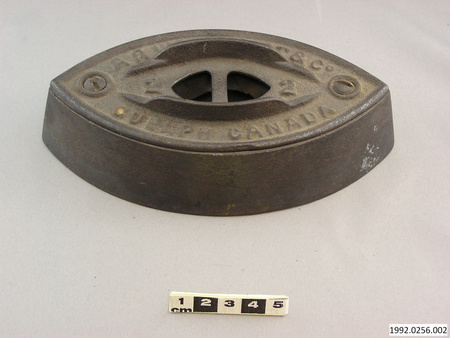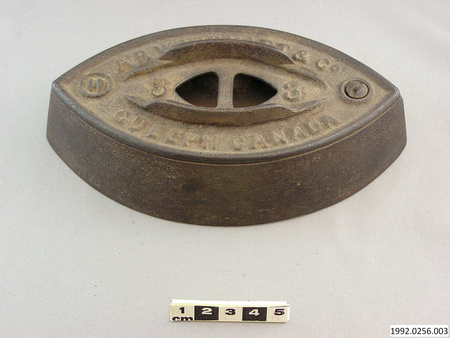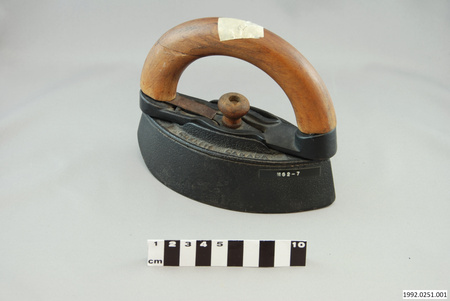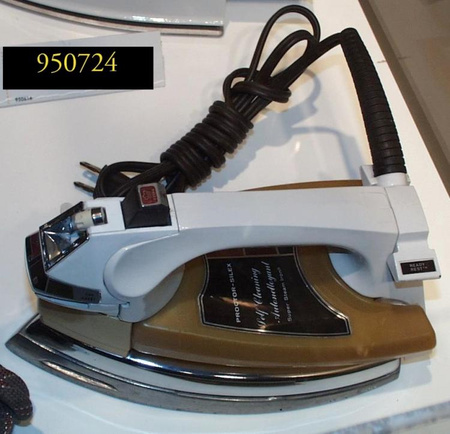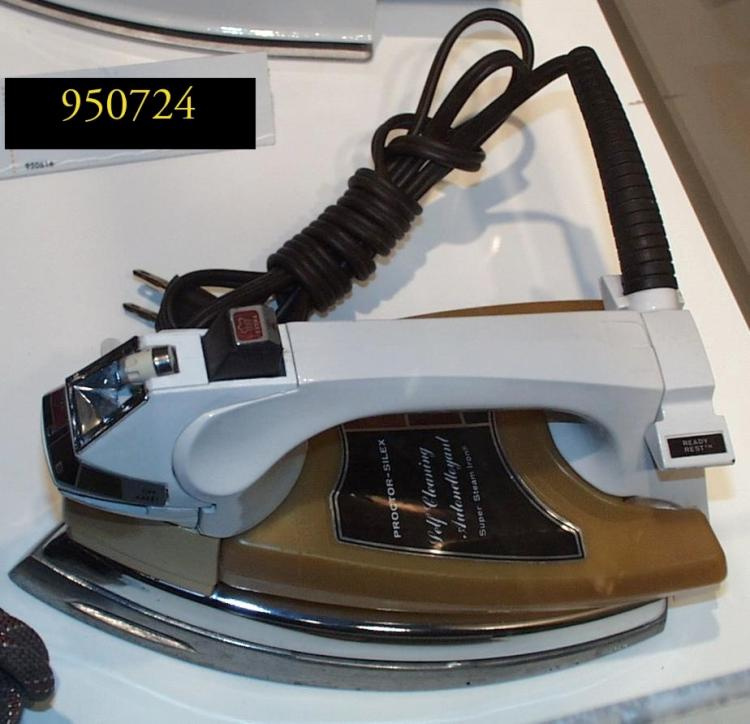Iron
Use this image
Can I reuse this image without permission? Yes
Object images on the Ingenium Collection’s portal have the following Creative Commons license:
Copyright Ingenium / CC BY-NC-ND (Attribution-NonCommercial 4.0 International (CC BY-NC 4.0)
ATTRIBUTE THIS IMAGE
Ingenium,
1995.0724.001
Permalink:
Ingenium is releasing this image under the Creative Commons licensing framework, and encourages downloading and reuse for non-commercial purposes. Please acknowledge Ingenium and cite the artifact number.
DOWNLOAD IMAGEPURCHASE THIS IMAGE
This image is free for non-commercial use.
For commercial use, please consult our Reproduction Fees and contact us to purchase the image.
- OBJECT TYPE
- ELECTRIC/ADJUST TEMP/STEAM-DRY
- DATE
- Unknown
- ARTIFACT NUMBER
- 1995.0724.001
- MANUFACTURER
- PROCTOR-SILEX
- MODEL
- 1 553H
- LOCATION
- Picton, Ontario, Canada
More Information
General Information
- Serial #
- 140301
- Part Number
- 1
- Total Parts
- 1
- AKA
- N/A
- Patents
- N/A
- General Description
- METAL & SYNTHETIC
Dimensions
Note: These reflect the general size for storage and are not necessarily representative of the object's true dimensions.
- Length
- 23.8 cm
- Width
- 12.4 cm
- Height
- 14.0 cm
- Thickness
- N/A
- Weight
- N/A
- Diameter
- N/A
- Volume
- N/A
Lexicon
- Group
- Domestic Technology
- Category
- Laundry
- Sub-Category
- N/A
Manufacturer
- AKA
- PROCTOR SILEX
- Country
- Canada
- State/Province
- Ontario
- City
- Picton
Context
- Country
- Canada
- State/Province
- Ontario
- Period
- C.1970-1994
- Canada
-
Manufactured in Picton, Ontario, Canada. Used in Ontario from c. 1970-1994. - Function
-
Used to press flat and/or remove wrinkles from fabrics. - Technical
-
The first electric irons did not have thermostats. The first temperature settings were introduced in 1917 but the truly automatic adjustable temperature iron was marketed in 1927. The next major development was the introduction of the steam iron which was offered starting in the mid-1930s. The use of steam became common in commercial laundries in the 1880s. It was not until the 1950s, however, that steam/dry irons became available to the mass public. Since its initial conception, steam iron innovation has witnessed an increase in the number sole plate orifices. This has allowed for greater distribution of steam over the complete surface of the sole plate and has improved the efficiency of ironing. - Area Notes
-
Unknown
Details
- Markings
- AT BASE 'PROCTOR-SILEX/ PICTON, ONTARIO, CANADA/ A.C. ONLY C.A. SEULEMENT/ 120V/ 1700W', 'MODEL 1 553H/ SERIES c 9707/ TYPE 1 5', 'CSA/ [?]3402', RAISED '140301/ 1'/ ON LABEL INCLUDES 'PROCTOR-SILEX/ Self Cleaning/ Autonettoyant/ Super Steam Iron [ENCIRCLED 'R']'/ MKGS ON CONTROLS INCLUDE 'HIGH/ HAUT', 'LIN/ TOILE', 'COT', 'LOW/ BAS', 'OFF/ ARRET', 'READY/ REST TM'
- Missing
- N/A
- Finish
- CHROME-LIKE FINISH ON SOLE-PLATE SECTION/ BODY OF IRON IS 'HARVEST GOLD' WITH UPPER PART PAINTED A LIGHTER YELLOW/ HANDLE IS WHITE, BROWN CORD & SOME PTS
- Decoration
- N/A
CITE THIS OBJECT
If you choose to share our information about this collection object, please cite:
PROCTOR-SILEX, Iron, Unknown Date, Artifact no. 1995.0724, Ingenium – Canada’s Museums of Science and Innovation, http://collection.ingenium.ca/en/id/1995.0724.001/
FEEDBACK
Submit a question or comment about this artifact.
More Like This

